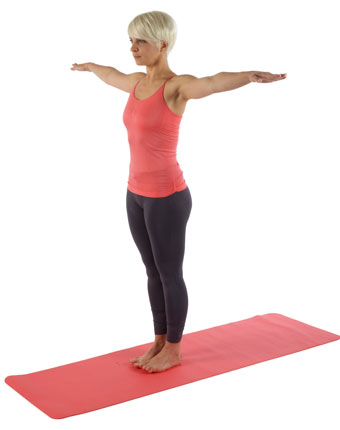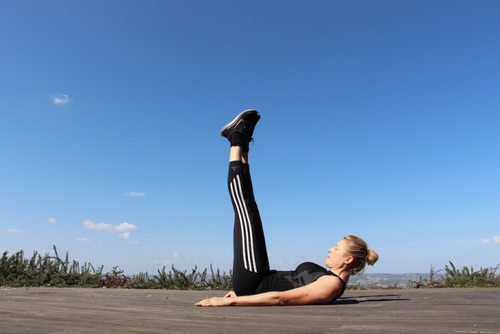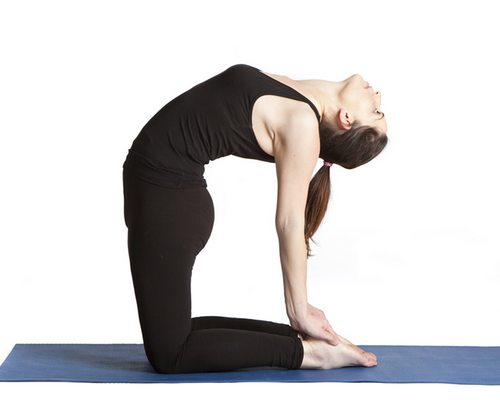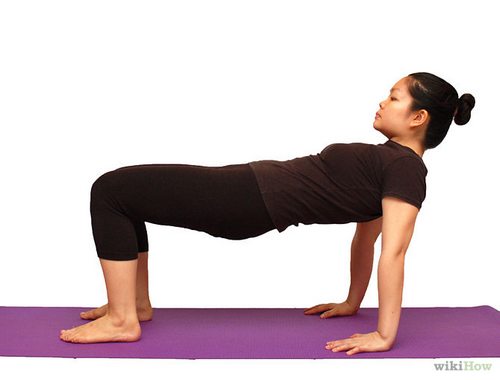The Five Tibetans or Five Tibetan Rites are a series of simple exercises also known as eternal youth rituals. They help keep the body agile and flexible, with a beneficial effect also on the mind.
They help activate vital energy and are usually practiced in the morning to start the day with a greater charge. We had in fact reported the Five Tibetan Rites among the daily practices for a good awakening , maybe to match with Surya Namaskar , better known as the Sun Salutation . The Five Tibetan Rites are spoken of as the secret of permanent youth and rejuvenation.
The Tibetan tradition requires repeating each rite 21 times but you can start more calmly, for example with 3 or 4 repetitions for each rite , being very careful to take the required positions correctly and to make fluid movements.The practice of the Five Tibetans cannot reasonably promise miraculous rejuvenation effects, but it can help you increase the time dedicated to physical activity in daily life with exercises and beneficial effects for the body and mind .
Index
First Tibetan Rite
In the first Tibetan rite one has to stand with legs slightly apart according to the width of the pelvis. The arms are raised to shoulder height bringing them parallel to the floor, with the palms of the hands facing downwards. At this point it is necessary to rotate clockwise keeping the arms raised and parallel to the floor. You must not move from the starting point. Imagine your feet as if they were a pivot. Excessive rotation should not be performed to avoid dizziness. It is good to start with a few rotations. A total of 21 laps can be reached. According to tradition, turning clockwise helps the flow of energy through the chakras .

According to Tibetan Rite
To practice the second Tibetan ritual, you lie on your back with your arms at your sides. Your palms are resting on the floor with your fingers together. At first the head must be raised from the ground bringing the chin towards the chest. Then they lift their legs vertically bringing them at right angles to the floor and the rest of the body that is lying down. The feet are hammered with the toes parallel to the floor. The knees should not bend and the legs should be taut. 21 repetitions are indicated, but at the beginning it is better not to overdo it and limit yourself to a few repetitions.

Third Tibetan Rite
In the Third Tibetan Rite one assumes the position which in Yoga is called Ustrasana or the position of the camel. To assume this position you will have to kneel on the mat with your toes pointed to the ground and your arms stretched at your sides. Place your hands on your hips and bend your head slightly forward first. Then you will have to bend it backwards, arching your back gently and keeping your hands resting on your hips. Ustrasana strengthens the back muscles, improves the flexibility of the spine and posture, as well as ensuring a beneficial massage for the abdominal organs.

Fourth Tibetan Rite
The Fourth Tibetan Rite requires you to initially position yourself with your legs stretched out and slightly apart and with your back as erect as possible. Your hands should be resting on the floor or mat with your palms down and your fingers facing your feet. At this point the head is tilted first slightly forward towards the chin and then slightly backwards. Finally, keep your arms stretched and lift your body up to create a right angle between your legs and thighs. A sort of bridge must be formed . This position helps strengthen legs and arms.

Fifth Tibetan Rite
In the Fifth Tibetan Rite we start from a quadrupedical position. Then you point your toes on the mat, lower your pelvis and support yourself with your arms upright while your legs are stretched out. He brings his chin upwards. At this point the pelvis is raised, the heels go to rest on the floor and an inverted V is formed between the back and the legs. It is the position that in Yoga is called Adho Mukha Svanasana , also known as the upside down dog position. This asana strengthens arms and legs, relieves stress and gives a boost of energy to the whole body.